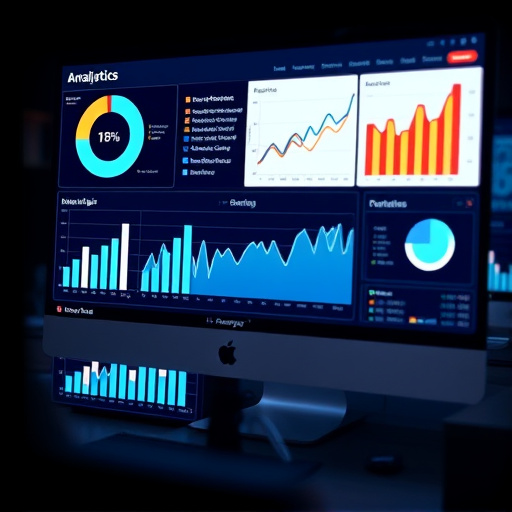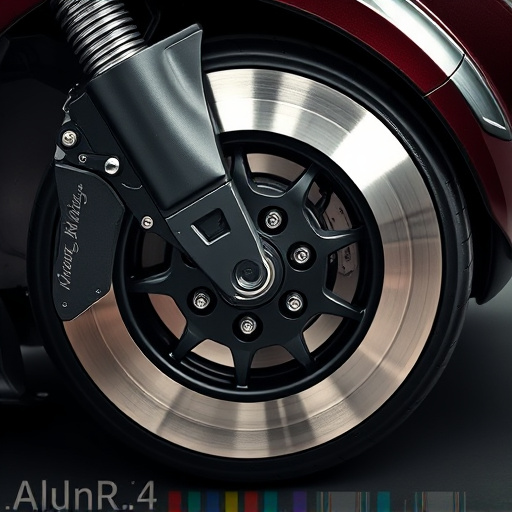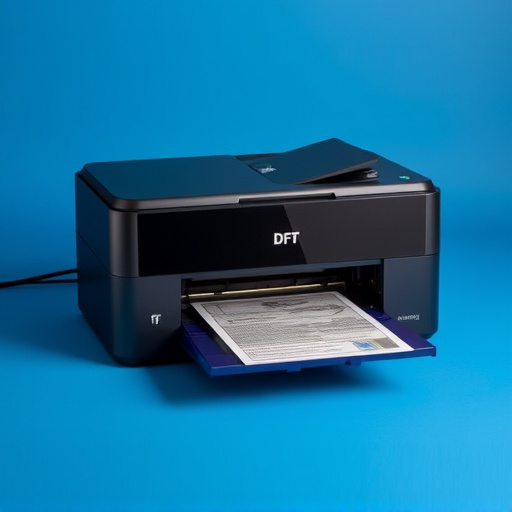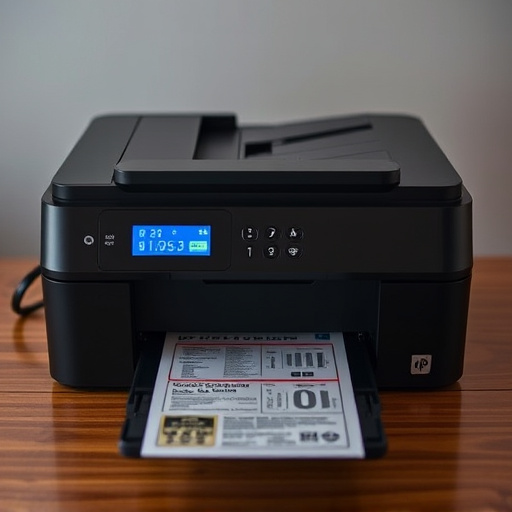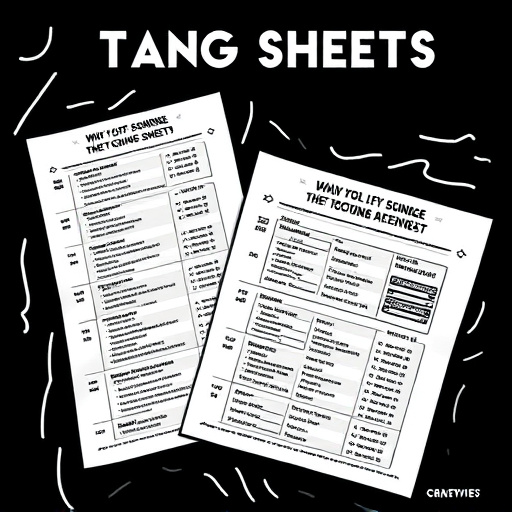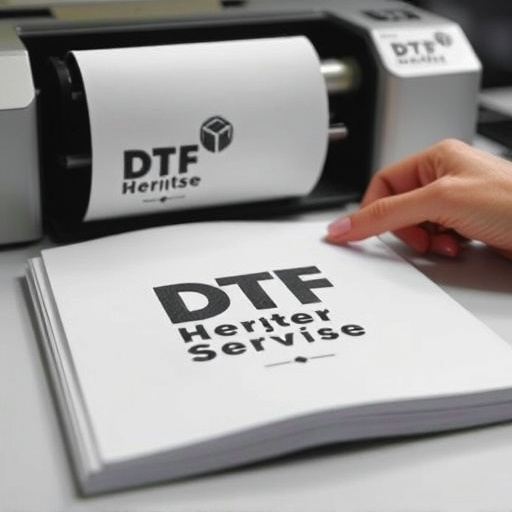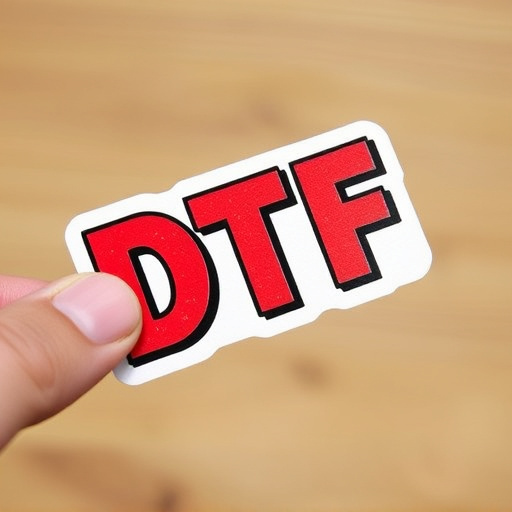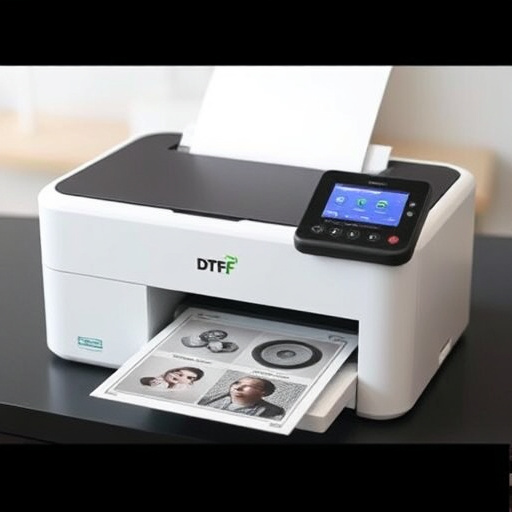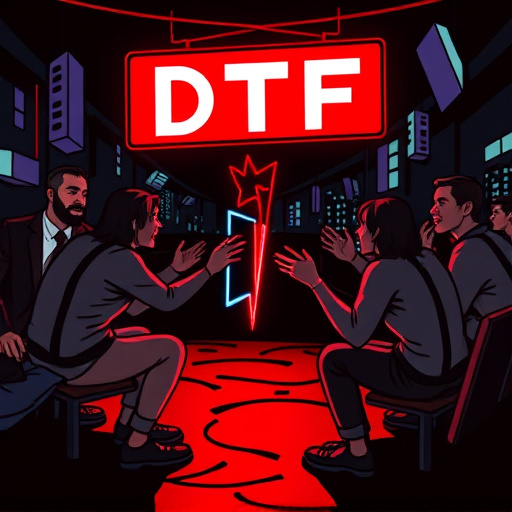Commercial DTF (Direct-to-Fabric) Printing is revolutionizing the apparel industry by providing an eco-friendly alternative to traditional printing methods, reducing environmental impact through minimal chemical usage and water conservation. Utilizing digital technology and precise heat presses, this process ensures efficient, accurate prints with less waste. With its versatility, color accuracy, and durability, Commercial DTF Printing offers a sustainable solution for businesses aiming to reduce their carbon footprint, appealing to both companies and environmentally conscious consumers.
In today’s eco-conscious world, the commercial printing industry is undergoing a sustainable revolution. Direct to Fabric (DTF) printing stands out as an environmentally friendly alternative, offering significant advantages over traditional methods. This article explores how DTF printing reduces the environmental impact, promotes fabric sustainability through recycled materials, and optimizes resources, making it a game-changer for green business practices. Discover why commercial DTF printing is leading the way in eco-friendly solutions.
- Reducing Environmental Impact: The Sustainable Revolution of DTF Printing
- – Exploring the eco-friendly alternatives in commercial printing
- – Discussing the environmental benefits of DTF (Direct to Fabric) printing method
Reducing Environmental Impact: The Sustainable Revolution of DTF Printing

Commercial DTF (Direct-to-Garment) Printing is revolutionizing the apparel industry with its eco-friendly approach, significantly reducing the environmental impact traditionally associated with clothing production. This printing method eliminates the need for harmful chemicals and excessive water usage, which are common in other garment dyeing techniques. By utilizing digital printing technology and specialized DTF heat press settings, this process offers a sustainable solution for businesses aiming to minimize their carbon footprint.
The shift towards Commercial DTF Printing is part of a broader movement toward sustainability within the fashion sector. Through proper dtf file preparation and the use of high-quality dtf transfer film, manufacturers can ensure that each print is efficient and precise, minimizing waste. This not only conserves natural resources but also reduces the amount of textile scraps generated during production, contributing to a greener and more responsible supply chain.
– Exploring the eco-friendly alternatives in commercial printing
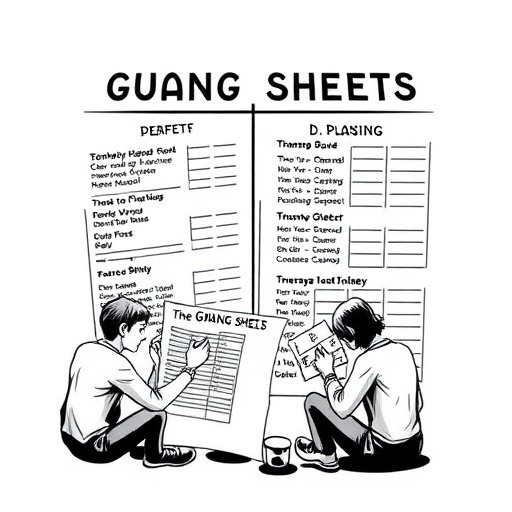
In recent years, commercial printing has seen a significant shift towards eco-friendly alternatives, driven by both environmental consciousness and consumer demand. Traditional printing methods often involve toxic chemicals and contribute to substantial waste generation, but exploring sustainable options like Commercial DTF Printing (Direct-To-Fabric) offers a promising solution. This modern technique allows for the creation of high-quality prints on various fabrics without the need for harmful substances, making it an attractive choice for businesses aiming to reduce their environmental footprint.
DTF printing stands out for its versatility and efficiency in producing dtf transfers ready to press, ensuring precise color matching and exceptional dtf durability. By adopting this technology, companies can minimize the use of toxic inks and solvents, thereby reducing pollution and waste. Additionally, the ability to achieve vibrant colors and maintain print quality over time further enhances the appeal of DTF printing for both businesses and environmentally conscious consumers, making it a game-changer in the industry’s move towards sustainability.
– Discussing the environmental benefits of DTF (Direct to Fabric) printing method

The environmental advantages of Commercial DTF Printing are numerous and significant. Unlike traditional printing methods that can leave a substantial carbon footprint due to the use of toxic chemicals and wasteful ink systems, DTF offers a more sustainable approach. This modern technique directly applies designs onto fabric, eliminating the need for intermediate steps and reducing energy consumption. By skipping the extra processes involved in conventional printing, DTF minimizes waste generation, which is a major contributor to environmental degradation.
Moreover, Commercial DTF Printing promotes the use of eco-friendly materials, such as water-based inks and recyclable fabrics. These choices significantly lower the overall ecological impact of the manufacturing process. With its ability to produce high-quality, vibrant designs (ready to press) with fast delivery times, DTF printing caters to businesses while adhering to environmental best practices. This makes it an attractive option for companies aiming to reduce their carbon footprint and contribute to a greener future.
Commercial DTF printing stands as a sustainable game-changer in the industry, offering significant eco-friendly benefits. By adopting this direct-to-fabric method, businesses can reduce their environmental footprint with minimal effort. The shift towards green alternatives like DTF printing is not just a trend but a necessary step towards a more vibrant and responsible future for commercial printing.
